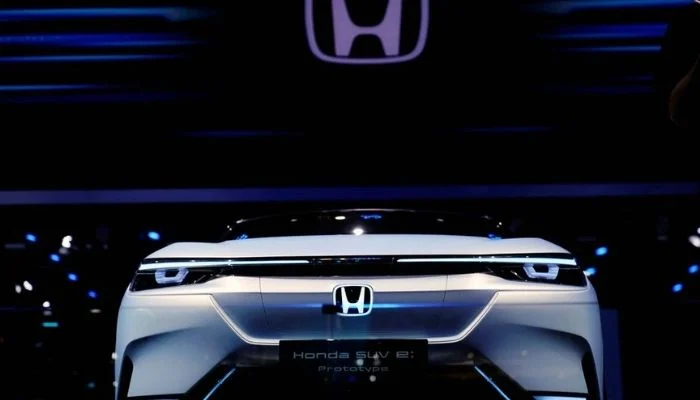Business
Honda developing three new electric vehicle platforms by 2030
-

 Latest News2 days ago
Latest News2 days agoThe PTA discloses how many VPNs are registered in Pakistan.
-

 Latest News2 days ago
Latest News2 days agoAaqib Javed designated as interim head coach for white-ball formats of Pakistan
-

 Latest News1 day ago
Latest News1 day agoTwelve security personnel were killed in the attack on the Bannu checkpoint.
-

 Business2 days ago
Business2 days agoIn terms of Pakistan’s Current Account: As information technology exports reached $330 million in October, Pakistan reports a CA surplus of $349 million.
-

 Latest News1 day ago
Latest News1 day agoPakistan and Saudi Arabia have reached an agreement to implement a prisoner exchange arrangement.
-

 Latest News1 day ago
Latest News1 day agoThe Supreme Court rejects SIC’s request to be recognized as a parliamentary party.
-

 Latest News1 day ago
Latest News1 day agoPTI representatives conjecture in the media over Imran’s approval of bail: FIA investigator
-

 Entertainment1 day ago
Entertainment1 day agoAryan Khan’s Netflix debut web series is announced by Shah Rukh Khan.























